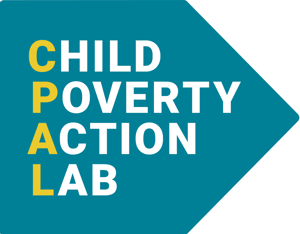
Understand what drives your audience, and how to meet them there






Design strategy for the minds and hearts behind the demographics
Demographics tell you who your audience is. Audience mindset analysis tells you why they act. By identifying the underlying beliefs, motivations, and cultural frames that shape engagement, we help you design targeted communications and campaigns that truly connect.
The Gradient difference
- Clarify values and belief dimensions
We begin by identifying the values and worldview dimensions that shape how people relate to your issue. This allows us to move beyond surface opinions and uncover the deeper orientations that guide support, skepticism, or resistance. - Design targeted research
We design surveys that surface emotional drivers, moral frames, and cultural cues. We’re interested in not just what people say, but how they think and feel about an issue at its core. - Analyze & interpret
Our team of data scientists and PhD researchers immerse ourselves in the numbers. Beyond just the “what,” we pinpoint the “why”. We cluster people by shared perspectives, not just shared traits. Our team decodes the tensions, motivations, and mental shortcuts that explain audience behavior, so you can design strategies that resonate across lines of difference. - Activate insights
We equip you and your grantees with targeted, actionable frameworks that support everything from messaging to long-term base-building.

Survey methodologies that drive results
We use a statistical technique that segments audiences based on shared mindsets and motivations, rather than just surface traits. This approach is ideal for handling complex, multi-dimensional issues, making it ideal for clustering audiences based on nuanced beliefs, values, and emotional drivers. With this method, you can:
- Group like-minded respondents into clear, distinct mindset segments based on how they think and feel (not just their Census characteristics).
- Outperform traditional clustering methods by avoiding common pitfalls like overfitting or random noise in high-dimensional spaces.
- Create a lightweight “typing tool” that can assign new respondents to segments using a much smaller set of survey questions; this is ideal for use across future research or campaigns.
We use paired, alternative statements to reveal how people see your issue across several dimensions. Unlike standard agree/disagree questions, semantic differentials force tradeoffs, helping overcome well-known survey pitfalls like always picking the middle options or saying “yes” to everything. In all, the method:
- Surfaces clearer, more decisive opinions than typical survey scales.
- Clusters respondents by underlying values, not just stated preferences.
- Helps define the key tensions that shape how audiences engage with your issue.
We can match the mindsets we uncover to voter files or other outreach databases (like donor CRMs), enabling more strategic targeting. This helps your organization deliver the right messages and outreach to the right mindsets. Having a mindsets column readily available:
- Enhances outreach efforts with values-based targeting.
- Works across political files or custom contact lists.
- Helps prioritize outreach to the audiences most likely to engage.
Success stories at a glance

We partnered with Think Tank Populace to redefine the American Dream by quantifying how individuals define success, and how that definition diverges from traditional societal narratives.
Read more













